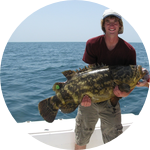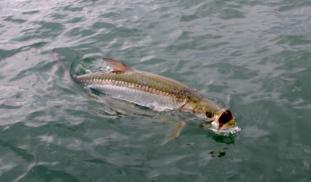Please wait...
About This Project
A new geochemical "tracking" technology is in development which allows inference of fish migration patterns from their scales. In order for this technique to be effective, the elemental variability in fish scales must be quantified. I aim to accomplish this by using spectral imaging techniques (x-ray analysis used in tandem with electron microscopy) on Atlantic tarpon scales.

Browse Other Projects on Experiment
Related Projects
Biomapping of Tree-based Atmospheric Methane Removal (TAMR) for Technological Development
Tree surfaces can be an effective approach for AMR, although foundational information is lacking. Here...
Mercury is in our fog, so what about our food?
Near-toxic levels of mercury were recently discovered in the fur of mountain lions in the mountains of coastal...
Can brown rot and white rot fungi work together to clean up spilled diesel?
Mycoremediation is a form of bioremediation that uses fungi to clean up contaminated sites. Brown rot and...


